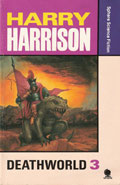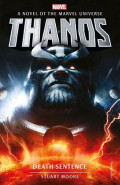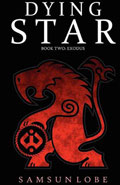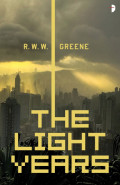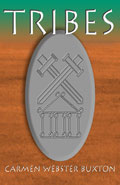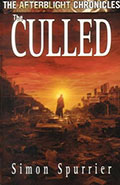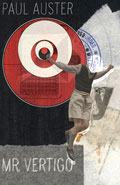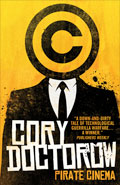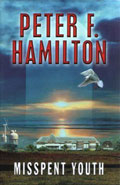Saint Rebor
By Adam Roberts

- Saint Rebor
-
Author: Adam Roberts
-
Publisher: NewCon Press
- ISBN: B00SC5UEHO
- Published: January 2015
- Pages: 175
- Format reviewed: E Book
- Review date: 13/05/2015
- Language: English
- Age Range: N/A
Stories from Adam Roberts are always challenging as well as entertaining. Saint Rebor follows this trend, being a diverse collection joined together by the writer’s conceptual ideas in the prologue. Whilst you might expect a variety of story premises in a collection, in Saint Rebor, you have a much wider set of experimentation in modes of address and form. We have conventional first person, and third person then a set of archive documents outlining legal action in AD 2060, a poem, a dense narrative that attempts to convey the viewpoint of intelligent machines and more.
In the introduction Roberts discusses his influences and mentions Robert Graves. The mediation on truth is a quick anecdote with a light hearted punchline, but it does encapsulate a motivation at the heart of many science fiction writers, their quest to postulate and rationalise towards a truth we may never know.
We begin with What Did Tessimond Tell You? A story I first encountered in Gardner Dozois’ The Year's Best Science Fiction: Thirtieth Annual Collection. This is a fairly straightforward tale, narrating the efforts of a group of scientists trying to hold it all together long enough to collect a Nobel Prize before Roberts pulls the lever on the trap and treats us to an Asimov style pseudo-science conversation/postulation and then draws the curtain, leaving the reader smiling amidst the wreckage.
Another highlight, Noose hearkens back to one of Robert’s earlier works – The Snow and uses a similar device in telling a claustrophobic world disaster story from the micro perspective. In this case the carefully worked theme of depression is used both as a plot device and character trait. This depiction is refreshing to see as it is uncommon. Roberts treats the affliction with knowing care, using it to make the world small and at a crucial moment in the resolution to provide a moment of deliverance amidst the destruction.
Metametamorphosis is a remediation of Kafka’s famous story for a new generation of readers and takes its intelligent bugs in a wholly different direction, whilst Saint Rebor, the title story, lays the historical text book card with typical aplomb. Looking deeper you can see other writers being nodded to, winked at and saluted in each tale. Sometimes that says a great deal about Roberts reading habits and at other times, it makes you reflect on your own.
Many writers play with forms and mediums, but the way in which Roberts does this makes for a demanding read at times. It also serves to give Saint Rebor variety as a collection. The plot of each story never sinks beneath the changing methods in which it is delivered and there is something to marvel at in the execution. The carefree humour of the introduction belies the fierce intelligence crafted into each tale and in many, the opening lines are also a seduction, like a second layer of petals on a carnivorous plant. You know with an Adam Roberts’ story, you are going somewhere unexpected.
Written on 13th May 2015 by Allen Stroud .
